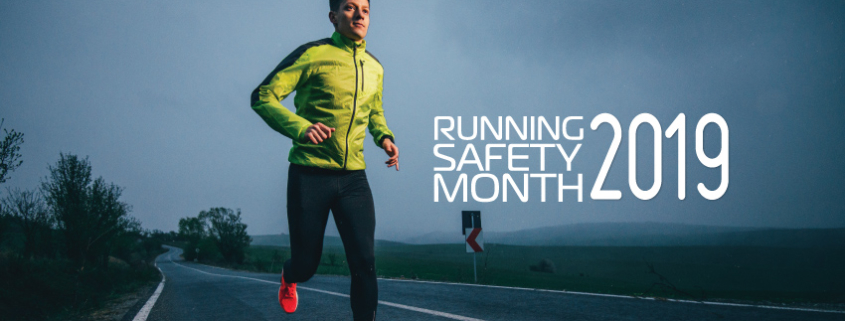We were taught from a young age how important it is to have strong, healthy bones. In fact, almost 90% of your bone mass is gained by the time you are 18. And max density is reached by the late 20’s. Unfortunately, weak bones are extremely common – especially as we get older. Osteoporosis occurs when your body does not maintain a healthy bone density from either absorbing too much bone, not creating enough new bone, or a combination of the two.
This article provides information on the more common lay person perspective of osteoporosis – that related to aging; as well as poor bone health in the endurance athlete.
OSTEOPOROSIS RELATED TO AGING
Osteoporosis is more common in women, but it also occurs in men. Around 50% of women and 25% of men have an osteoporosis related fracture after the age of 50. One of the reasons women have an increased risk of osteoporosis is menopause. Estrogen has a protective effect on bone strength, and as the body stops producing as much estrogen during menopause the risk for osteoporosis increases. Another risk factor for osteoporosis is age. As we get older, the risk increases, especially over the age of fifty.
The good news is there are a variety of ways to maintain the bone strength you currently have and further reduce the risk of fractures by making sure your bones are as strong as possible. Receiving adequate nutrition as well as making sure to take the recommended amount of Vitamin D and calcium are the first lines of defense against bone loss. Vitamin D is necessary for your bones to go through the process of remodeling as it helps your bones process calcium. Without Vitamin D, calcium is not absorbed and utilized in our body. Hence why milk and calcium supplements are fortified with Vitamin D.

Your body can naturally produce vitamin D from sun exposure, but it is very important to ensure adequate sun protection with sunscreen. It can also be difficult to know if you create enough vitamin D from sun exposure. Supplements of vitamin D and calcium are the best way to obtain the recommended levels your bones require. It can also be beneficial to obtain more of these nutrients from your diet. Dairy products contain calcium, and some are also fortified with vitamin D. Fatty fish such as tuna and salmon also contain naturally occurring vitamin D.
Exercise is another vital component of maintaining bone strength, specifically weight bearing and resistance exercises. Impact exercises such as walking, hiking, and running are very important. Strength training with added resistance from weights or simply with your body weight is also a key component of a healthy routine to keep your bones strong. Squats, lunges, and push ups are great places to start. It is also essential to vary your routine and regularly progress your exercises to ensure your body continues to build up bone strength. For those with limitations in activity due to weak bones, fractures related to low bone density, and pain; seek the professional advice and guidance of a physical therapist who is experienced in managing people with osteoporosis.
There is evidence that exercise in adulthood decreases the risk of fractures even if bone density is only maintained and not improved. The American College of Sports Medicine has specific recommendations regarding exercise for adults. Resistance exercises such as weight lifting are recommended 2-3 times per week for 30-60 minutes. Impact exercises such as walking or running are recommended 3-5 times per week also for 30-60 minutes. These recommendations can be very helpful when determining your exercise plans for the week.
Bone health is determined by how dense your bones are. Bone density is generally measured by dual energy x-ray absorptiometry, also known as a DEXA scan. This is a low radiation full body x-ray that can be completed in just a few minutes. The results of the scan will show how your bone density compares to others of your gender in a similar age range.
OSTEOPOROSIS IN THE ATHLETE
While osteoporosis is generally thought of in individuals of increased age, there is another group of women who are at high risk. Adolescent and adult premenopausal female athletes, especially elite or multi-sport athletes, are at an increased risk for what’s known as the Female Athlete Triad. The Female Athlete Triad is composed of three interrelated parts: amenorrhea or irregular/light menstrual cycles, disordered eating or low energy intake, and low bone density ranging to osteoporosis. The triad is defined on a spectrum, and all three components do not need to be present before intervention is essential.
Sports in which a lean physique is beneficial for performance, such as distance running, gymnastics, ballet, and cheerleading have a higher incidence of participants at risk for the Female Athlete Triad. Eating disorders including anorexia nervosa and bulimia cause the body to be at a nutritional deficit and can impact the body’s ability to maintain bone health. As calcium is required for essential bodily functions, if enough is not consumed, the body will take calcium from the bones. This causes weak bones and increases fracture risk.
Defined eating disorders are not the only cause of nutritional deficits. There are athletes, especially multi-sport athletes, who burn an immense number of calories per day and may simply not realize they are not eating enough to maintain a nutritional and caloric balance to keep their bodies properly fueled. Caloric deficits can lead to abnormal menstruation or amenorrhea. This is a warning sign of nutritional deficits, but it also means that the body is not producing as much estrogen, which was previously described as an essential component for bone density regulation.
It is important that athletes as well as their coaches are aware of the signs and symptoms of the Female Athlete Triad. The triad increases the risk of stress fractures from overuse as well as more severe fractures from falls. Of further concern, adolescent girls with one or more components of the Female Athlete Triad are not able to adequately build up strong, healthy bones during the most important time period for this. If this condition is not treated, these young women may be at an increased risk for low bone density related fractures for the rest of their lives as it is much more difficult to improve bone density after young adulthood.
If you are concerned about your bone density, speak with your doctor about it. Your doctor may recommend a DEXA scan, and they will be able to go over recommended management options including medication if necessary. They will discuss the importance of appropriate exercise and nutrition and should provide you with a list of recommended specialists who can help you. The physical therapists at Rose City Physical Therapy are well versed in managing age related osteoporosis as well as bone injury related to the Female Athlete Triad and would be happy to help you develop a safe exercise routine focused on improving your bone strength.. We also have collaborative relationships with nutritionists in the Portland area that are well educated on managing bone health.
httpss://www.ncbi.nlm.nih.gov/pmc/articles/PMC5349390/pdf/10.1177_1941738116677732.pdf Bone Health in Athletes: The Role of Exercise, Nutrition, and Hormones
httpss://www.nof.org/ National Osteoporosis Foundation
www.skincancer.org/blog/sun-protection-and-vitamin-d/ Skin Cancer Foundation
About Debra Anderson, DPT
Debra is from the small town of Boone located in the mountains of North Carolina. She went to Appalachian State University for her undergraduate education and received her degree in Exercise Science. While there, she competed as a NCAA D1 pole vaulter. Debra then attended graduate school at East Carolina University where she received her degree as a Doctor of Physical Therapy.
Debra has passion for treating patients with general orthopedic injuries as well a special interest treating patients with a variety of sports related injuries. She particularly enjoys the challenge of treating injured runners to enable them to get back to their sport as quickly as possible. She enjoys utilizing a variety of treatment techniques including individualized rehabilitation exercises as well as manual treatment to provide her patients with the best care possible.
In her free time, Debra enjoys hiking, traveling, cooking, skiing, and trail running. She also enjoys trying out new restaurants and breweries around Portland with her husband. Debra’s husband is a distance runner and avid member of the Jacuzzi Boys Athletic Club.


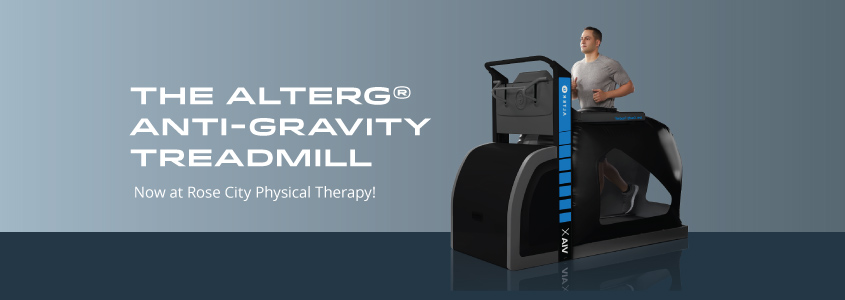
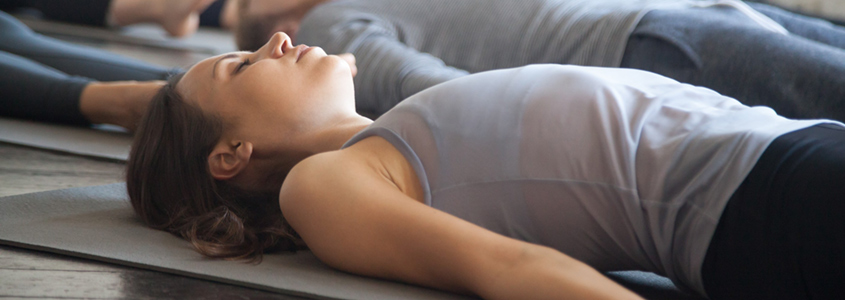
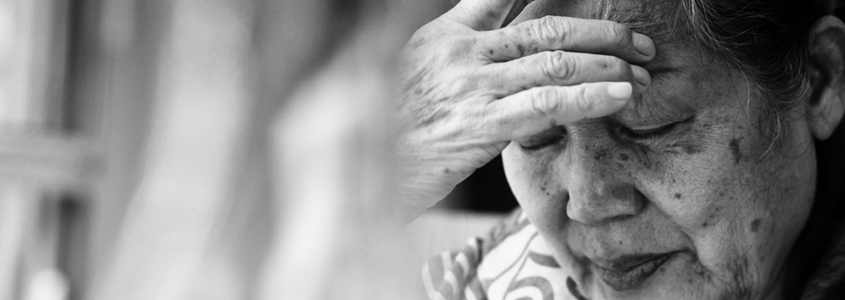
 Ari is originally from Austin, TX. He received an undergraduate degree in Economics and Political Science from UC Santa Cruz, and a Master’s degree in Public Policy from University of Texas. After years of working in the public policy sector in Washington, DC and Austin, TX, Ari decided to make a professional change, return to school and received his Doctorate of Physical Therapy from Texas State University.
Ari is originally from Austin, TX. He received an undergraduate degree in Economics and Political Science from UC Santa Cruz, and a Master’s degree in Public Policy from University of Texas. After years of working in the public policy sector in Washington, DC and Austin, TX, Ari decided to make a professional change, return to school and received his Doctorate of Physical Therapy from Texas State University.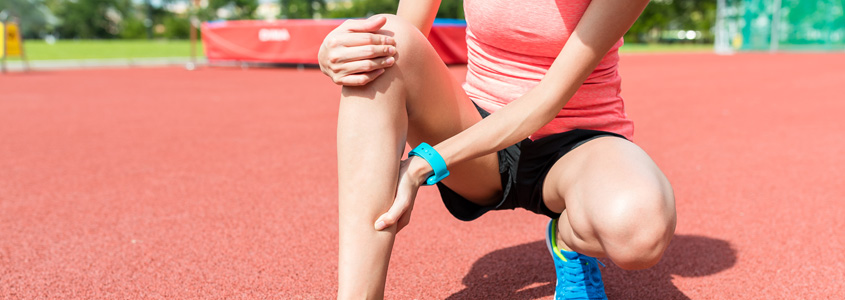
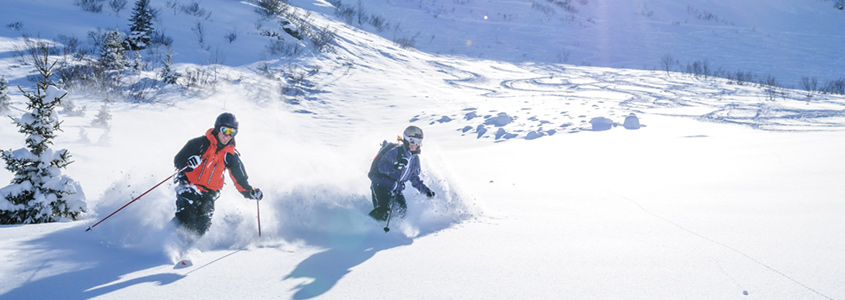


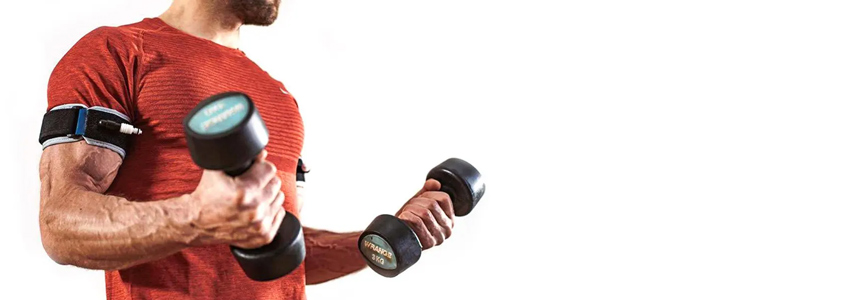

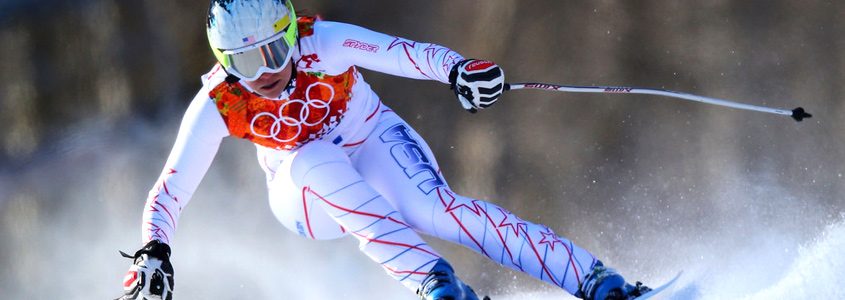




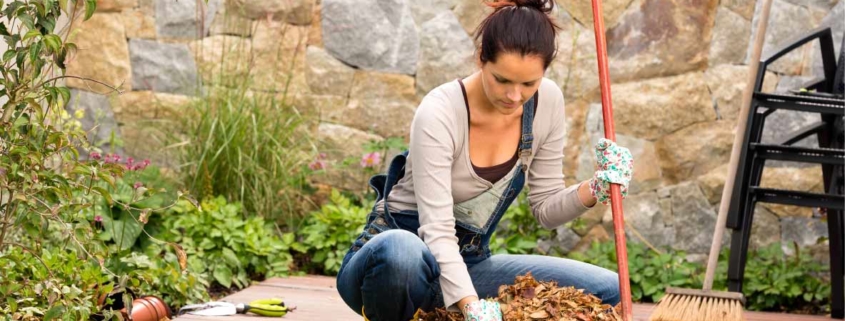
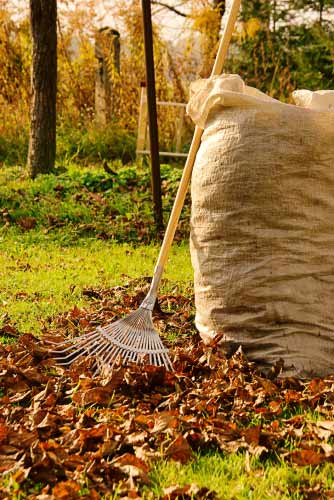
 Therapy located in NW Portland. He’s been practicing for 25 years with specialties in treating the shoulder as well as runners. Karl is dual board certified in both orthopedic and sports clinical specialties, is certified in manual and manipulative therapy and is a fellow of the American Academy of Orthopedic Manual Physical Therapists. He teaches rehab based continuing medical education courses to physicians, physical therapists and athletic trainers across the nation. He and his staff are involved with multiple running groups in the Portland metro area, offering educational sessions and athlete screenings. Karl also provides care for the Bowerman Track Club Nike professional running team based in Portland.
Therapy located in NW Portland. He’s been practicing for 25 years with specialties in treating the shoulder as well as runners. Karl is dual board certified in both orthopedic and sports clinical specialties, is certified in manual and manipulative therapy and is a fellow of the American Academy of Orthopedic Manual Physical Therapists. He teaches rehab based continuing medical education courses to physicians, physical therapists and athletic trainers across the nation. He and his staff are involved with multiple running groups in the Portland metro area, offering educational sessions and athlete screenings. Karl also provides care for the Bowerman Track Club Nike professional running team based in Portland.